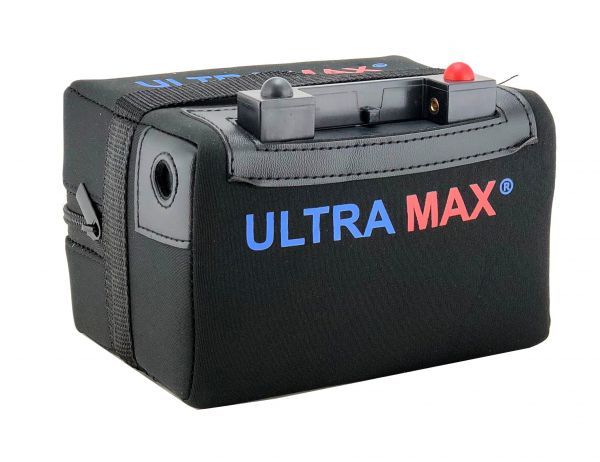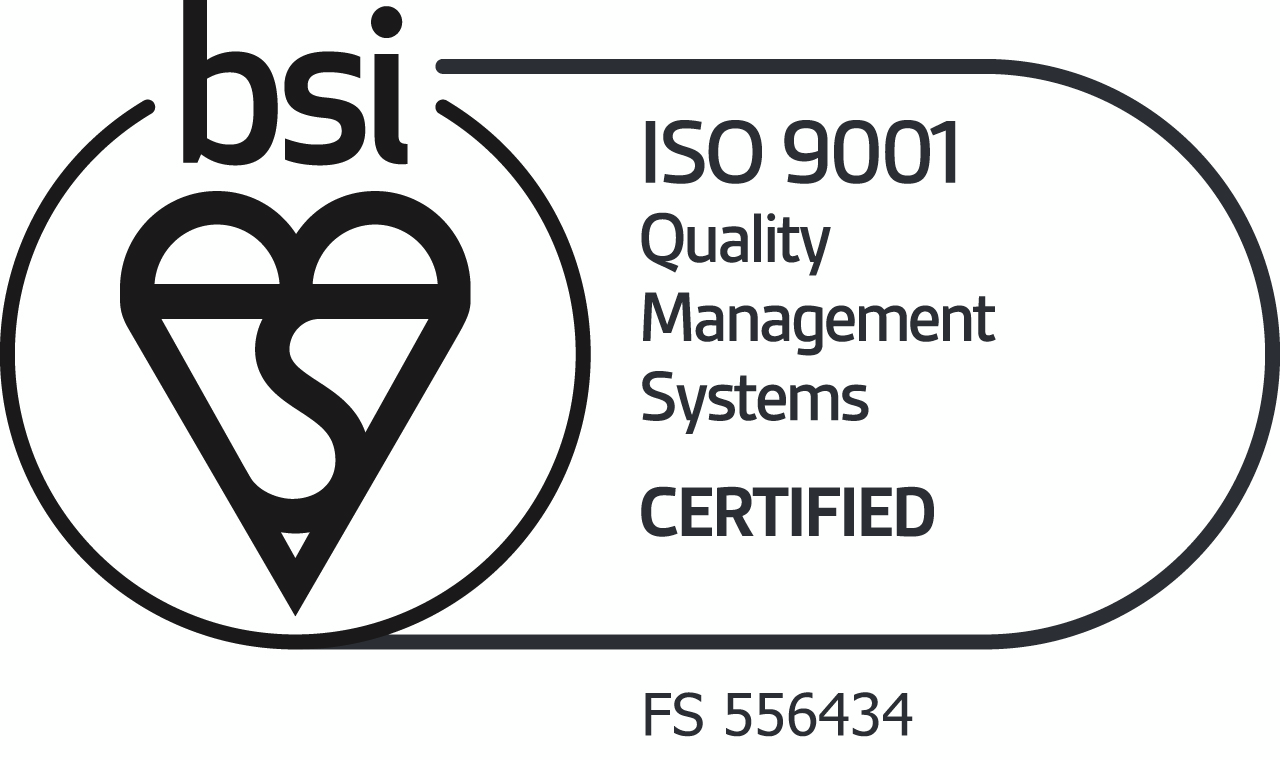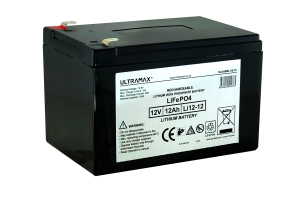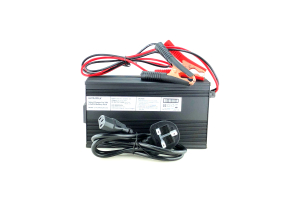Can You Charge a Golf Trolley Battery with a Car Charger?

Can You Charge a Golf Trolley Battery with a Car Charger?
Have you ever found yourself longing for a seamless day on the green, only to be stalled by a dead golf trolley battery? Many golfers wonder if they can use a car charger as an alternative solution. This article explores whether this pairing is a game-changer or something best avoided.
Understanding Golf Trolley Batteries
Golf trolley batteries are specialized power sources designed to provide consistent energy throughout your round. Most use deep-cycle batteries that discharge a steady amount of power over a longer period, unlike car batteries that deliver short, powerful bursts of energy.
Most golf trolleys use 12V batteries (the same nominal voltage as a standard car battery), though some models operate at 24V or 36V. Battery capacity is measured in ampere-hours (Ah), typically ranging from 12Ah to 36Ah for golf trolleys.
Types of Golf Trolley Batteries
Lead-Acid Batteries
- Traditional, reliable, and relatively inexpensive
- Include flooded lead-acid (require maintenance) and sealed lead-acid (maintenance-free)
Lithium Batteries
- Lighter weight with longer charge retention
- More charging cycles and faster charging time
- Require specific charging requirements and have built-in protection systems
Car Chargers vs. Golf Battery Chargers
Golf Battery Chargers
- Multi-stage charging process (bulk, absorption, and float stages)
- Lower amperage output (2-5 amps)
- Automatic cut-off and maintenance modes
- Battery-specific settings for different types
Car Battery Chargers
- Higher amperage output (10-20 amps)
- Simpler charging profile
- May include jumpstart functions
- Often lack intelligent charging controls
Can You Use a Car Charger on a Golf Trolley Battery?
The short answer: it depends, but generally, it's not recommended for regular use.
When It Might Be Possible (With Caution)
- If using a modern, intelligent car charger with adjustable settings and specific modes for deep-cycle batteries
- If the car charger has a low-amperage setting (2-5 amps) and automatic cut-off
- For charging standard lead-acid golf trolley batteries in emergency situations only
When It's Definitely Not Recommended
- Lithium golf trolley batteries should never be charged with standard car chargers
- Fast-charge car chargers with high amperage could damage your battery
- Car chargers without automatic cut-off can overcharge your battery
- Jump-start car chargers should never be connected to golf trolley batteries
Safety Considerations When Charging
- Always charge in a well-ventilated area
- Monitor for overheating (disconnect immediately if the battery becomes hot)
- Follow proper connection procedures (positive first, then negative)
- Never leave charging unattended with a car charger
- For lead-acid batteries, wear protective equipment when handling
- Never attempt to charge damaged batteries
Potential Risks and Drawbacks
Reduced Battery Lifespan
Improper charging can reduce a golf trolley battery's lifespan by up to 50% through inconsistent charging cycles, heat damage, and plate degradation.
Performance Issues
- Reduced capacity that could leave you stranded mid-round
- Voltage inconsistency affecting trolley operation
- Less predictable performance
Warranty Implications
Using non-approved charging methods typically voids any warranty on your golf trolley battery.
Alternative Charging Methods
- Smart chargers with multiple settings and low amperage options
- Solar charging options for eco-conscious golfers
- Trickle chargers designed for long-term, low-amperage charging
- Professional charging services at golf clubs and pro shops
- Emergency power banks with deep-cycle settings
Maintenance Tips for Golf Trolley Batteries
Regular Charging Practices
- Charge after every use
- Avoid deep discharges below 50% capacity
- Allow complete charging cycles
- Avoid overcharging
Storage Considerations
- Use a maintenance charger for off-season storage or recharge every 4-6 weeks
- Store in a cool, dry place (10-20°C)
- Disconnect batteries not used for extended periods
Battery-Specific Maintenance
- For lead-acid: Check water levels and perform occasional equalization charging
- For lithium: Can be stored at partial charge (40-60%) and are more temperature-sensitive
Conclusion: Best Practices
- Use the manufacturer's recommended charger whenever possible
- Invest in a quality charger (£30-£80) to protect your battery investment (£60-£200+)
- Use alternative charging methods only in genuine emergencies
- Maintain regular charging habits and battery maintenance
By following these best practices, you can ensure your golf trolley battery remains reliable and long-lasting, allowing you to focus on enjoying your game rather than worrying about power issues.
Explore our range of UltraMax LiFePO4 Batteries!




-
 UltraMax 12V 100Ah DIN AGM Batteries for Caravans/MotorhomesSpecial Price £141.99 Regular Price £179.98
UltraMax 12V 100Ah DIN AGM Batteries for Caravans/MotorhomesSpecial Price £141.99 Regular Price £179.98
3 Item(s)








